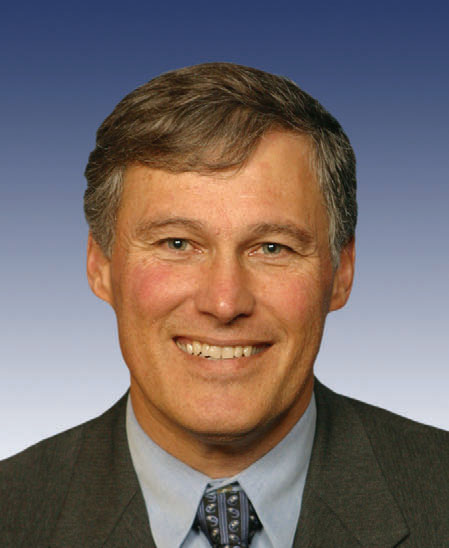Originally published by CleanTechnica

If climate hawk Governor Jay Inslee gets his way, Washington State may have just taken the next major step toward America’s clean energy and low-carbon future.
Citing already-apparent climate change impacts to his state’s economy and environment, Inslee last week signed an executive order designed to cut fossil fuel emissions and boost renewable energy.
Inslee’s ambitious plan includes creating a carbon market, quitting coal power, and setting low-carbon transportation fuel standards. While major action will require public input and a tough state legislative fight, Washington State has clearly joined the West Coast vanguard of America’s fight against climate change.
Cutting emissions aren’t a new idea for Washington State, but they’re designed to address the mounting impacts of climate change and could provide a major economic boost. The state already has an existing law in place, passed in 2008 requiring carbon emissions to fall to 1990 levels by 2020, and then below those levels again by 2035 and 2050.
Former Governor Christine Gregiore proposed a statewide cap-and-trade program in 2009, only to have it fail in the state legislature due to economic concerns at the height of the recession. Without taking the actions outlined in his executive order, Inslee said, the state would fail to meet those targets.
From Environmental Impacts To Economic Boom
But recent developments have created an imperative to revisit emissions reductions. “Climate change is already upon us,” said Inslee. “Ocean acidification threatens our shellfish industry, loss of irrigation water threatens our apple industry, wildfires and invasive pest threaten our forest products industry.”
So instead of suffering economic shocks, Washington State’s actions could wind up increasing the state’s fortunes. A policy paper released with the executive order cited past studies showing a market-based emissions reduction program would create a net gain of 19,300 jobs and boost economic output $3.3 billion by 2020, and predicted action would benefit farm and forest landowners while boosting construction jobs.
And Inslee’s clean-energy goals aren’t that far-fetched. The state already ranks first in the US for renewable energy, largely on the strength of huge hydroelectric output and Seattle is already arguably ahead of every other major US city on energy efficiency policy through its landmark building energy-benchmarking program.
In addition, Washington State formally agreed last year to partner with British Columbia, California, and Oregon to link their respective climate, renewable energy, and clean transportation policies. That means any market-based emissions reduction program may link to California’s successful cap-and-trade system, potentially tapping into the $600 hundred million in revenue generated since January 2013, or the $5 billion generated by British Columbia’s carbon tax.
“The Only Future Worthy Of Our Kids”
Ultimately though, Inslee’s executive order may be driven less by economic or environmental imperatives and more by a moral responsibility. “Wrecking our future and our home with carbon pollution is just wrong, no matter what anybody else does,” said Inslee. “We know we have clean, affordable alternatives to fossil fuel dependence…and we’re not going to let anyone stand between us and a prosperous clean energy future, because it’s the only future worthy of our kids.”